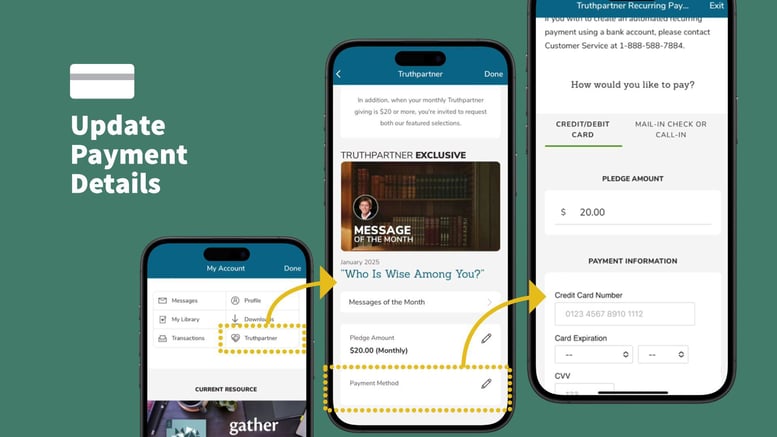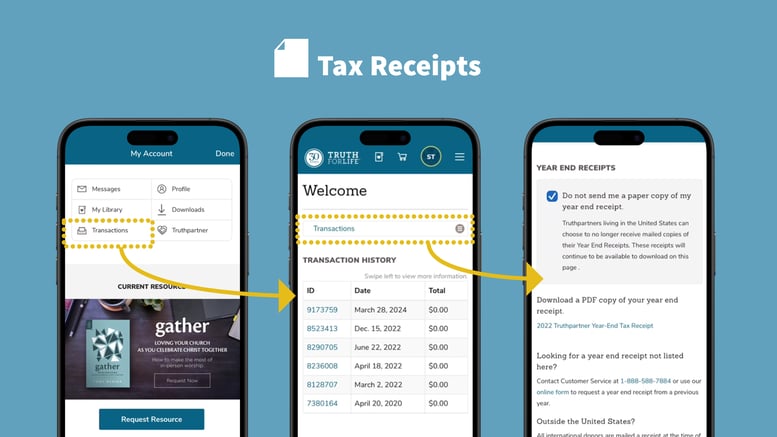On Sunday, March 2, 2025, musicians who are members of Parkside Church were joined by members of the Cleveland Orchestra and the Cleveland Institute of Music for a special evening of classical music and a survey of God’s redemptive plan. Beginning with the opening pages of Scripture and concluding with Revelation and the believer’s new home, the concert From the Garden to Glory featured curated musical selections paired with the biblical text to help us reflect on the Bible’s overarching message: the hope found in Jesus alone. As you can see in the video below, each musical theme was accompanied by brief commentary from Alistair Begg.
On Sunday, March 2, 2025, musicians who are members of Parkside Church were joined by members of the Cleveland Orchestra and the Cleveland Institute of Music for a special evening of classical music and a survey of God’s redemptive plan. Beginning with the opening pages of Scripture and concluding with Revelation and the believer’s new home, the concert From the Garden to Glory featured curated musical selections paired with the biblical text to help us reflect on the Bible’s overarching message: the hope found in Jesus alone. As you can see in the video below, each musical theme was accompanied by brief commentary from Alistair Begg.
“In the beginning, God created the heavens and the earth. … And God saw everything that he had made, and behold, it was very good. … Then the LORD God formed the man of dust from the ground and breathed into his nostrils the breath of life, and the man became a living creature.” (Gen. 1:1, 31; 2:7)
Cello Suite No. 1 in G Major, BWV 1007: I. Prélude
Johann Sebastian Bach
“Just as sin came into the world through one man, and death through sin, and so death spread to all men because all sinned…” (Rom. 5:12)
String Quartet No. 8 in C Minor, Op. 110: II. Allegro molto
Dmitri Shostakovich
“I will put enmity between you and the woman, and between your offspring and her offspring; he shall bruise your head, and you shall bruise his heel.” (Gen. 3:15)
“Gabriel’s Oboe”
Ennio Morricone
“For to us a child is born, to us a son is given; and the government shall be upon his shoulder, and his name shall be called Wonderful Counselor, Mighty God, Everlasting Father, Prince of Peace.” (Isa. 9:6)
Opus 31, No. 23, “Mouvement de Prière Religieuse”
Fernando Sor
“For Christ also suffered once for sins, the righteous for the unrighteous, that he might bring us to God.” (1 Peter 3:18)
Adagio for Strings, Op. 11
Samuel Barber
“If there is no resurrection of the dead, then not even Christ has been raised. And if Christ has not been raised, then our preaching is in vain and your faith is in vain.” (1 Cor. 15:13–14)
Concerto No. 1 in E major, Op. 8, RV 269, “Spring” (La primavera): I. Allegro
Antonio Vivaldi
“The kingdom of the world has become the kingdom of our Lord and of his Christ, and he shall reign forever and ever.” (Rev. 11:15)
String Octet in E-flat Major, Op. 20, MWV R 20: IV. Presto
Felix Mendelssohn
“After this I looked, and behold, a great multitude that no one could number, from every nation, from all tribes and peoples and languages, standing before the throne and before the Lamb, clothed in white robes, with palm branches in their hands, and crying out with a loud voice, ‘Salvation belongs to our God who sits on the throne, and to the Lamb!’” (Rev. 7:9–10)
“Morgen!” ("Tomorrow!"), Op. 27, No. 4
Richard Strauss









 Mobile App: Select
your initials in the upper right-hand corner. You will be taken to the Account section. Then, click
“Truthpartner” and scroll down to
“Payment Method.” Tap the
pencil icon to update your pledge amount and payment information.
Mobile App: Select
your initials in the upper right-hand corner. You will be taken to the Account section. Then, click
“Truthpartner” and scroll down to
“Payment Method.” Tap the
pencil icon to update your pledge amount and payment information.
 Mobile App: Click
your initials in the upper right-hand corner. You will be taken to the Account section. Then, select
“Transactions,” and you will be directed to your account on truthforlife.org. From there, you can find your year-end receipt by selecting the
“Transactions” submenu.
Mobile App: Click
your initials in the upper right-hand corner. You will be taken to the Account section. Then, select
“Transactions,” and you will be directed to your account on truthforlife.org. From there, you can find your year-end receipt by selecting the
“Transactions” submenu.
 Mobile App:
Mobile App:  Mobile App: Select the
Mobile App: Select the
